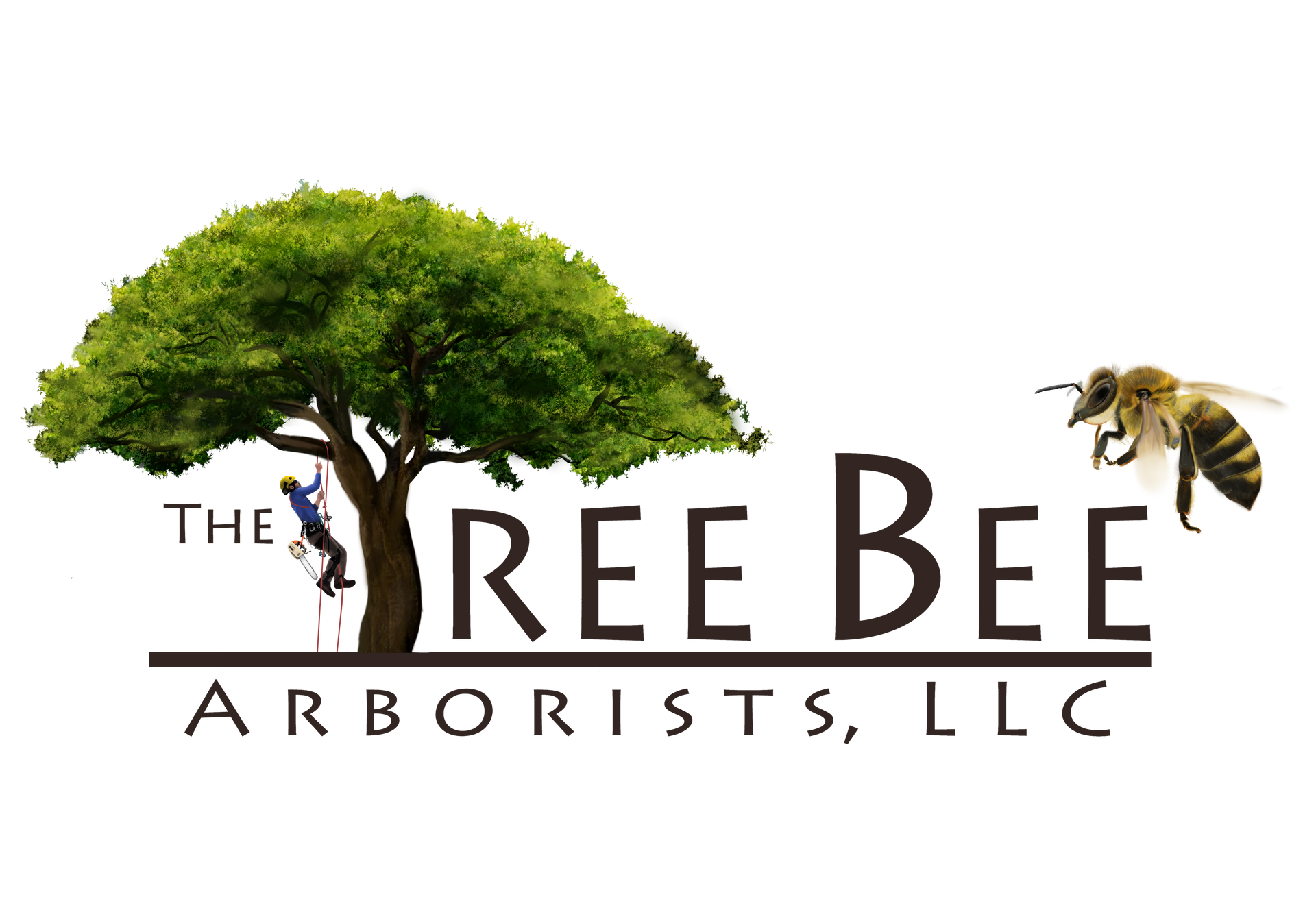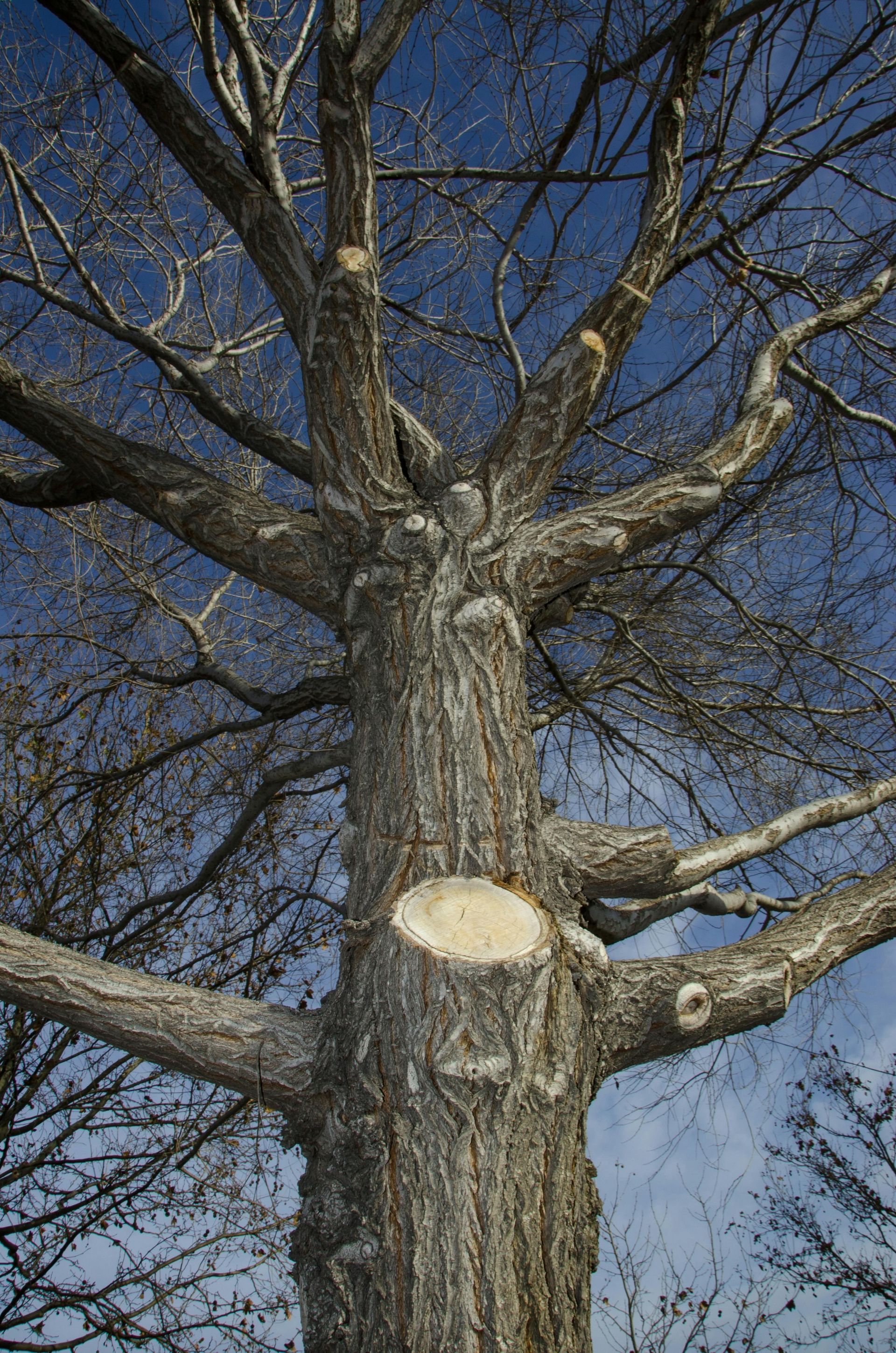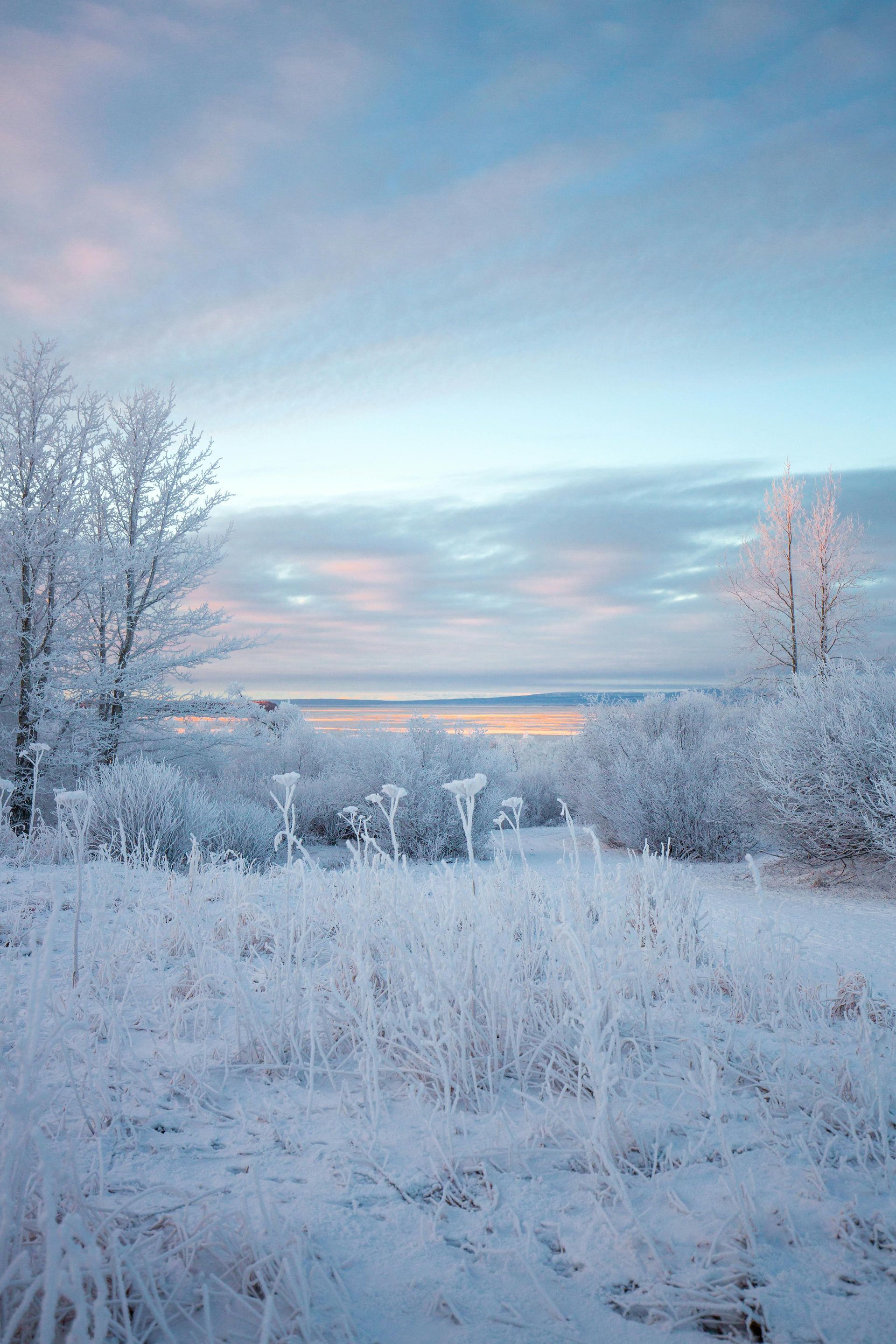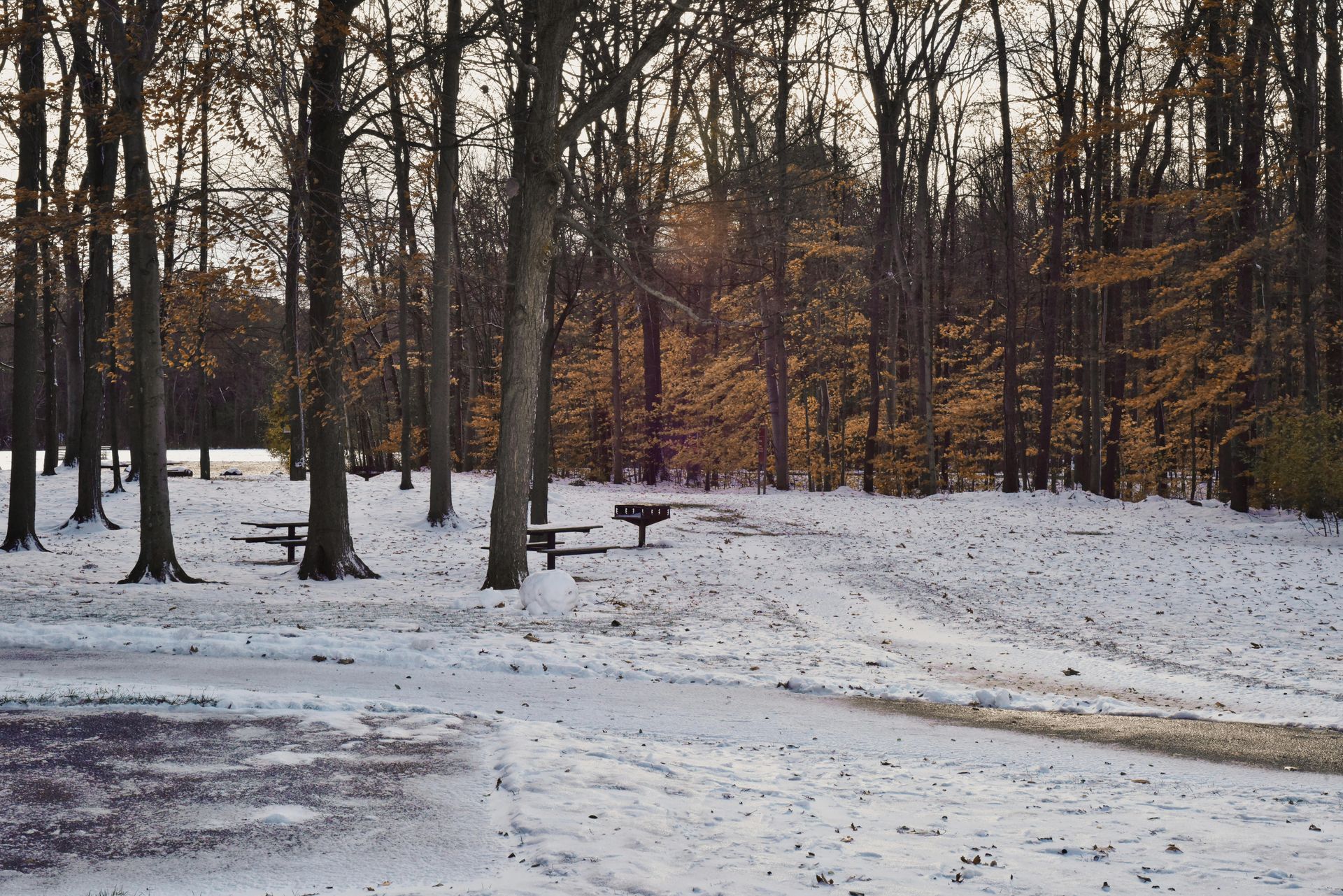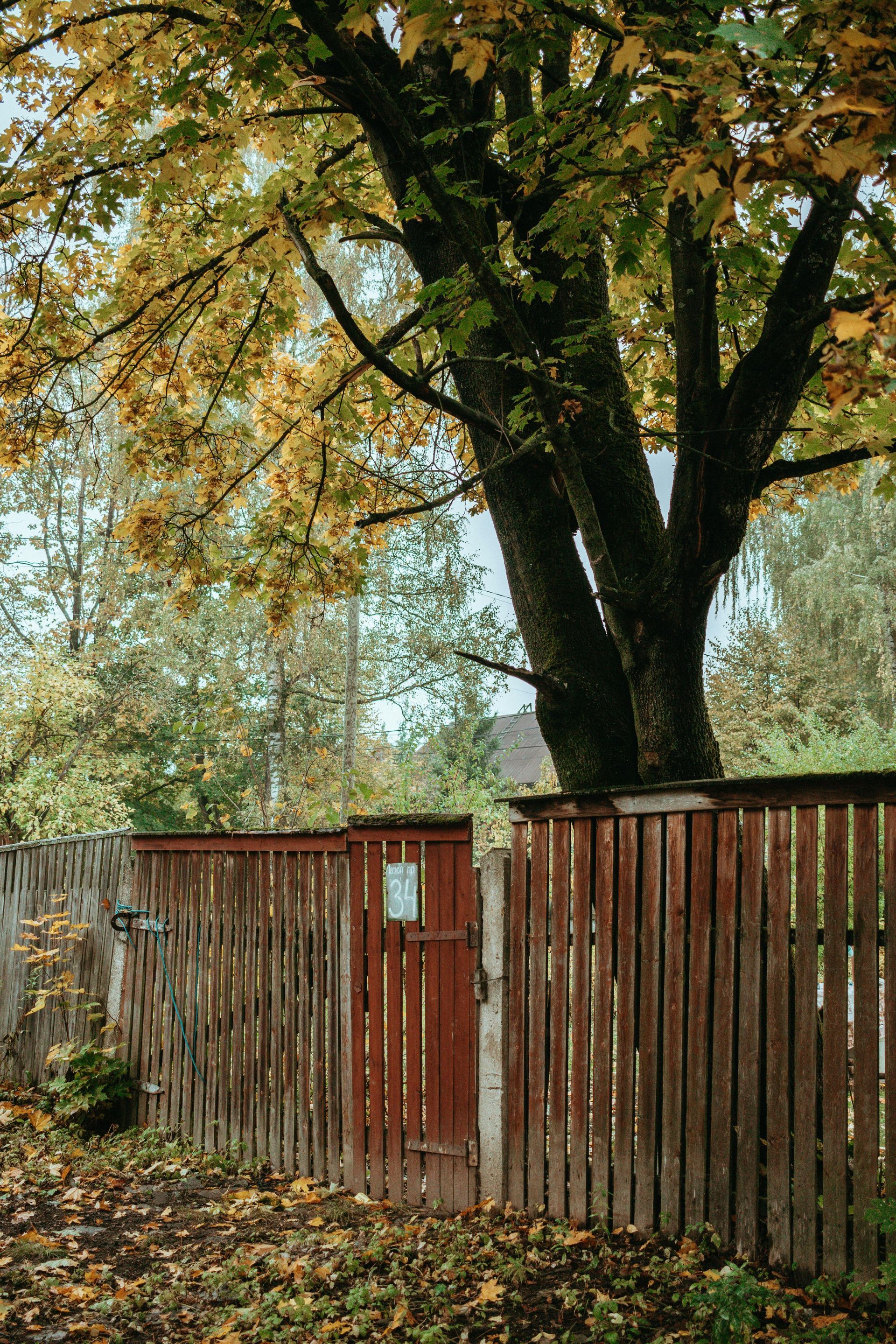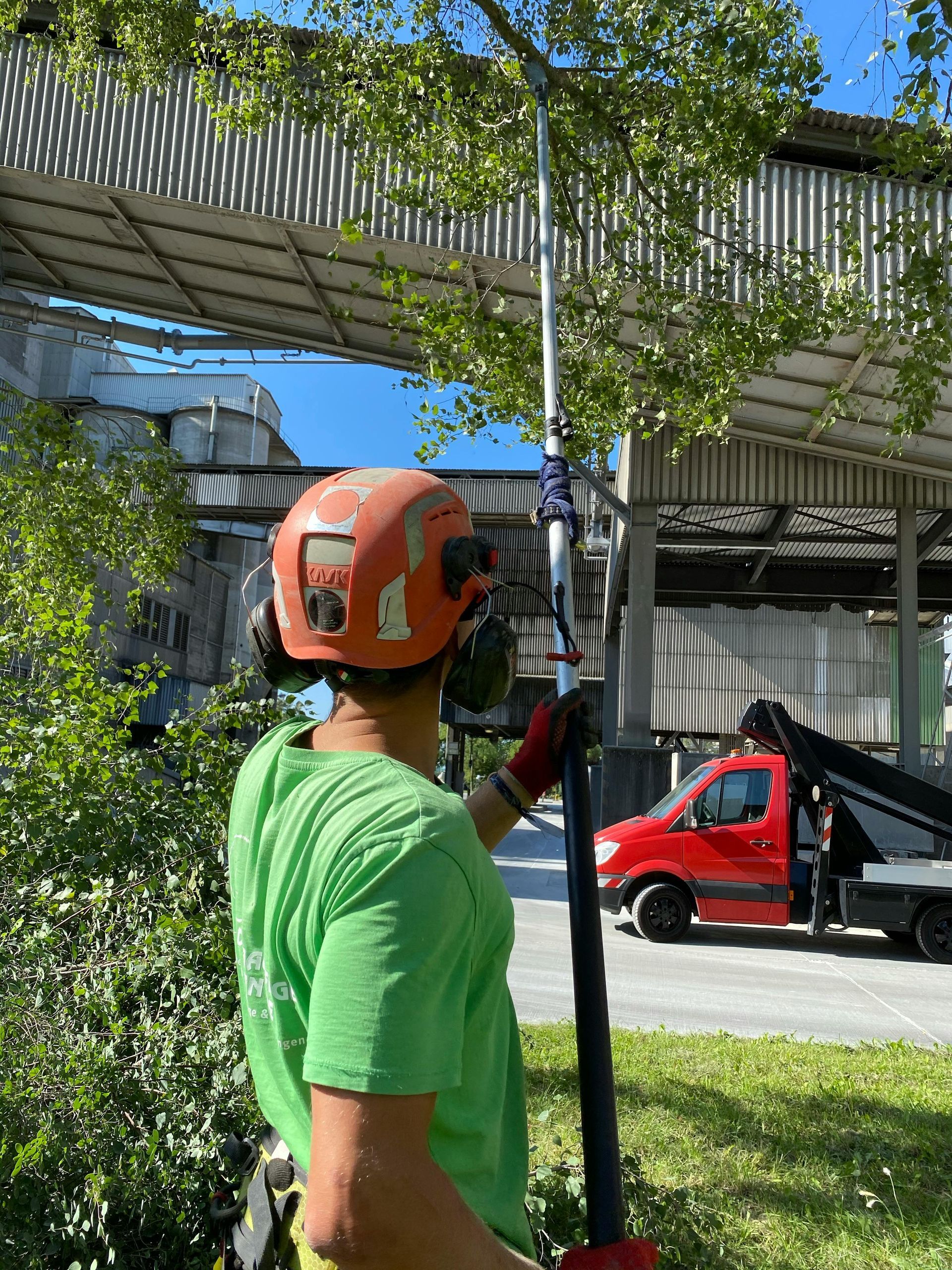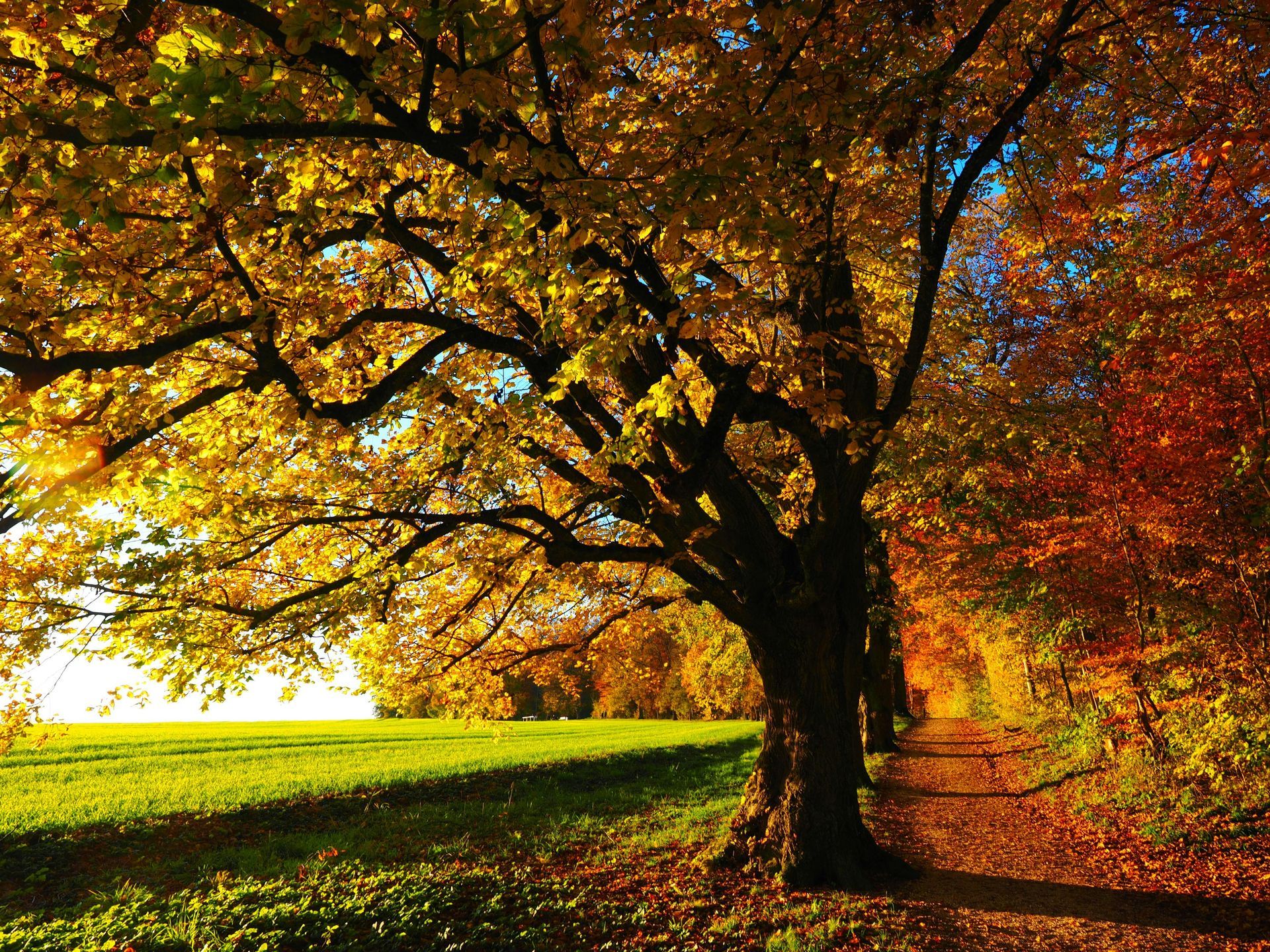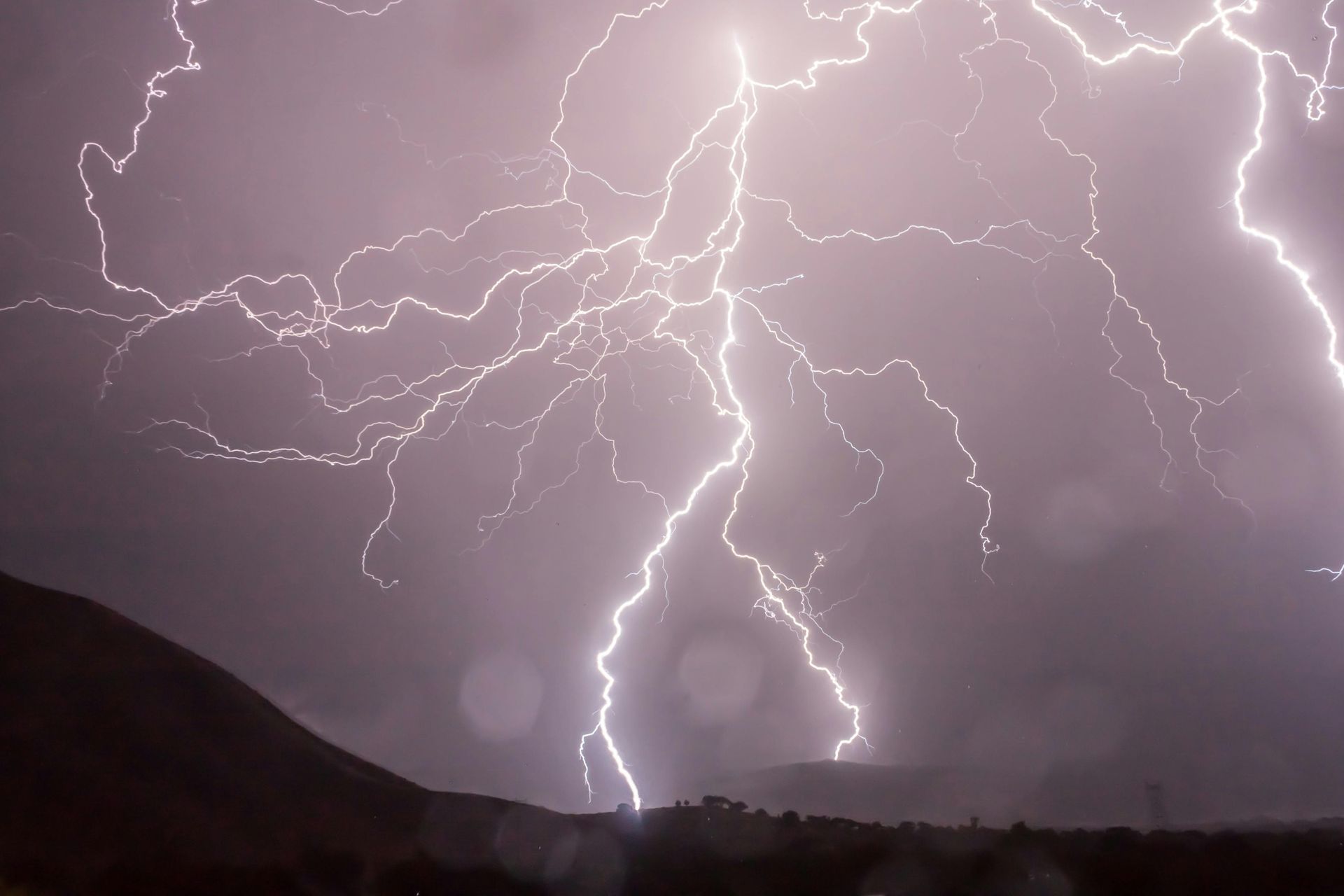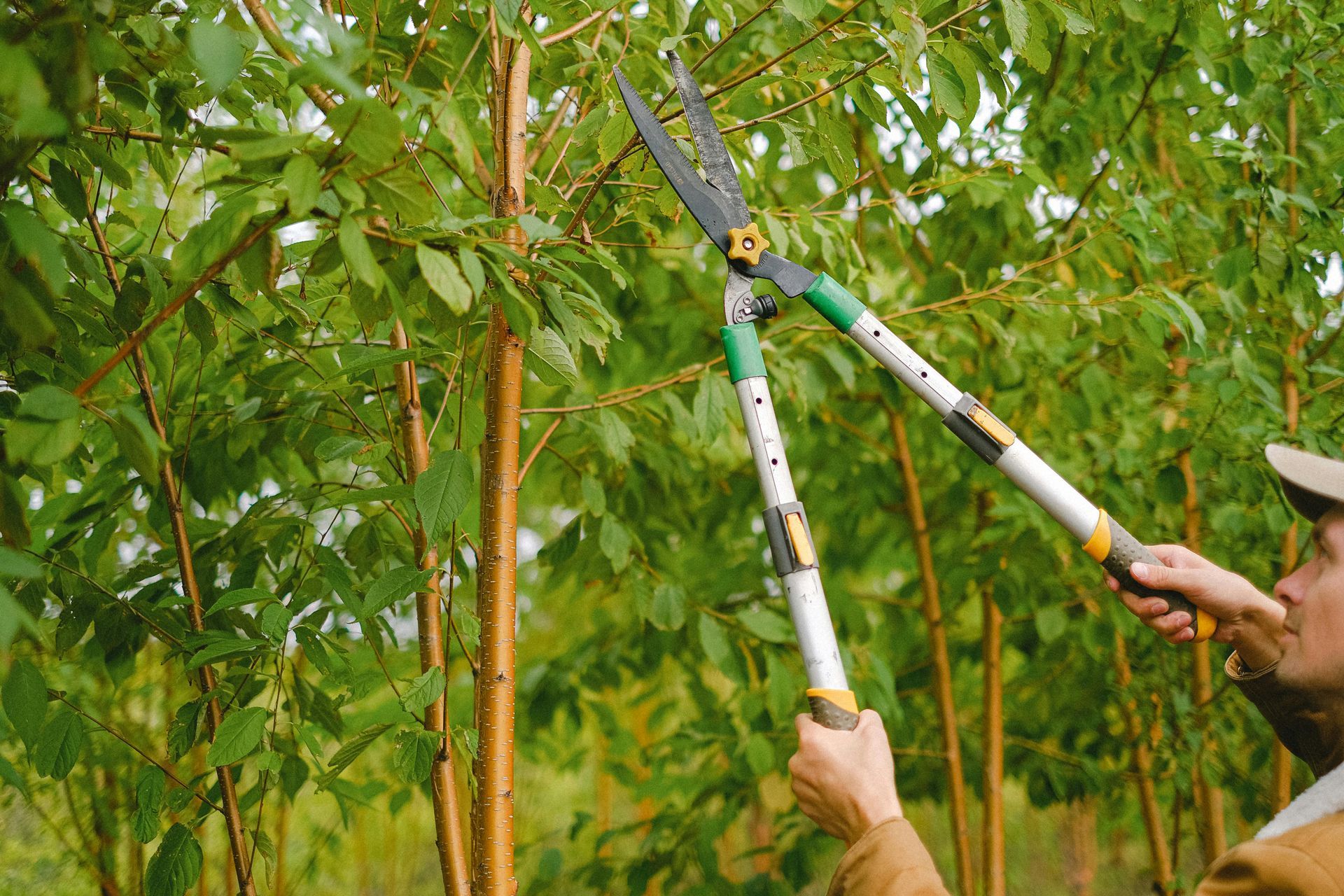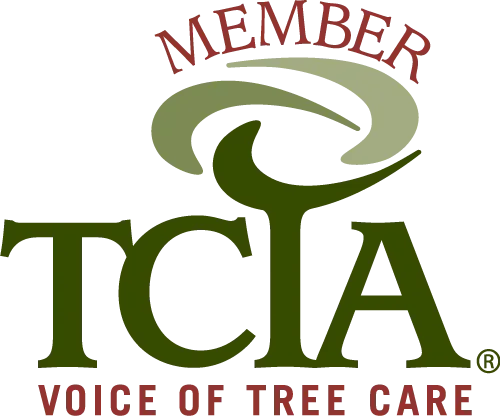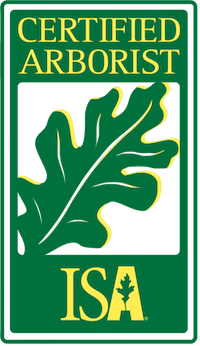Early Signs of Tree Disease
What to Look For in June and Why Early Diagnosis Matters
Introduction
June is when many tree diseases start to show up—and often go unnoticed until they’ve done significant damage. By spotting issues early, you can intervene before they spread or compromise plant health.
Here are the most common diseases we see in early summer—and what to do if you spot them.
1️⃣ Anthracnose Fungus & Leaf Spot Diseases
These fungal infections thrive in wet spring weather. Look for:
- Brown or black blotches on leaves
- Leaf curling or premature drop
- Widespread thinning of the canopy
Common on: maple, sycamore, dogwood, oak
2️⃣ Fire Blight
A bacterial disease that causes:
- Blackened, shriveled branch tips (often “shepherd’s crook” shape)
- Cankers oozing sap
- Rapid dieback of shoots
Common on: pear, apple, crabapple, hawthorn
3️⃣ Powdery Mildew
This shows up as a white, powdery coating on leaves, often in shady or humid areas. While not usually fatal, it stresses plants and interferes with growth.
Common on: lilac, viburnum, ninebark, dogwood
4️⃣ Why Early Detection Matters
Catching diseases early helps: ✔ Limit spread to nearby trees ✔ Prevent unnecessary decline or defoliation ✔ Guide proper treatment (if needed) ✔ Avoid over-treating or applying the wrong product
We use visual inspection + lab testing if needed to identify problems accurately.
5️⃣ Healthy Trees Are More Disease-Resistant
Boost resistance with: 🌿 Good soil health ✂️ Pruning for airflow 🌳 Proper watering and mulching 🧪 Fertilizing only when needed
🌿 Final Thoughts
If something looks off, don’t wait. Many diseases can be managed—or even prevented—if addressed early.
📞 Schedule a diagnostic visit today—we’ll identify the issue and recommend the right plan.Contact us today to schedule a consultation.
